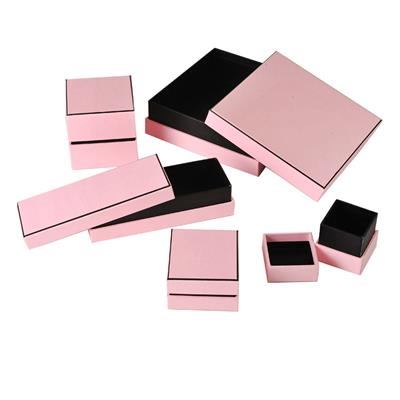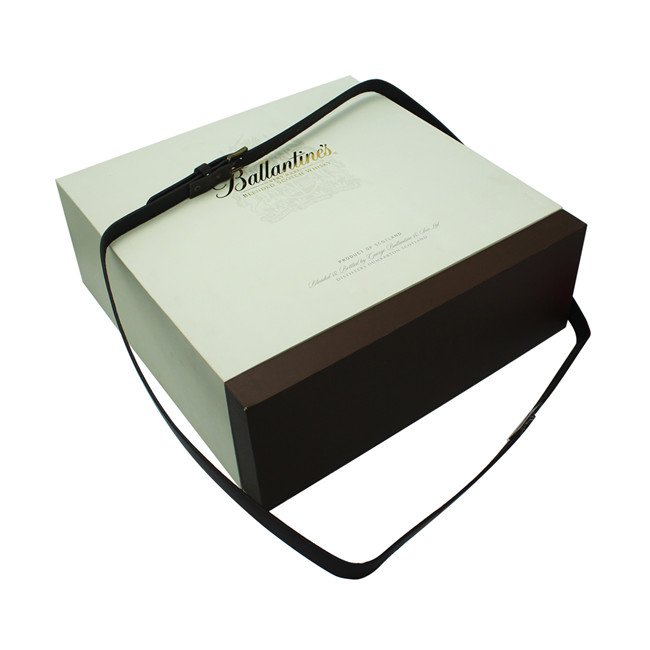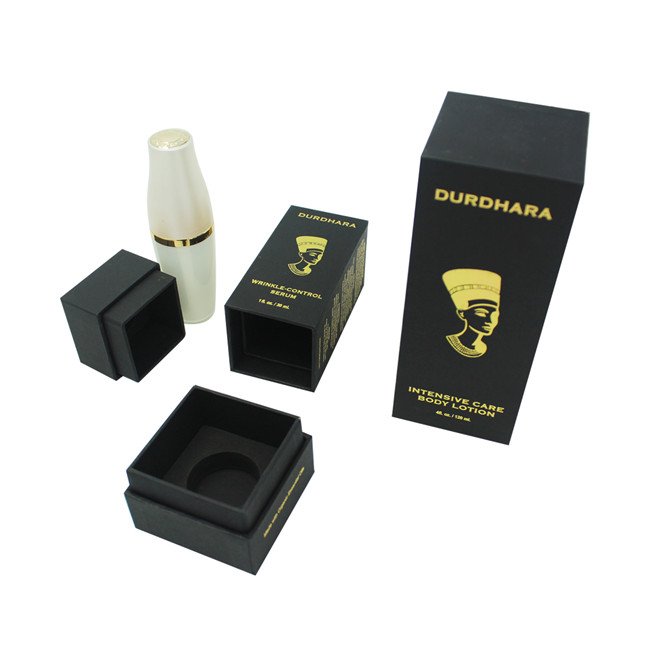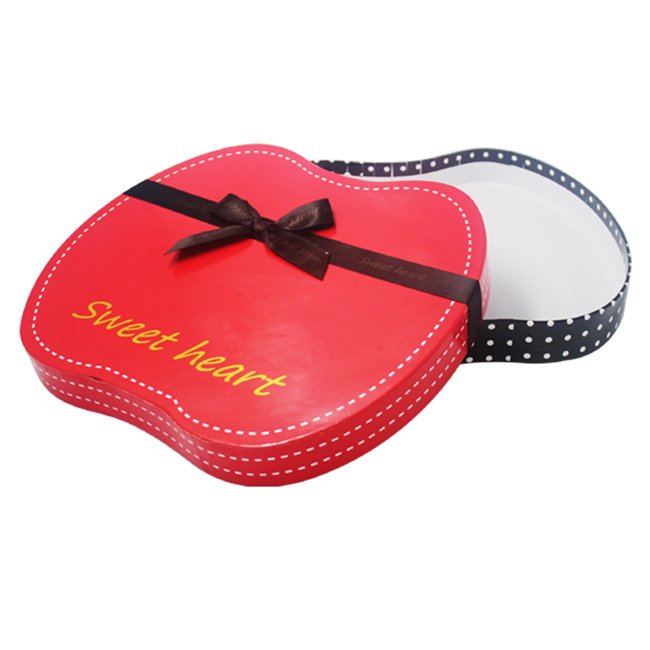Exploring the Difference Between Engraved and Embossed Techniques
 Jun 24,2024
Jun 24,2024

 Huaisheng
Huaisheng
When it comes to enhancing the aesthetic appeal of products and materials, techniques like engraving and embossing play significant roles. Both methods add depth and texture, but they achieve this in distinct ways that cater to different visual and tactile preferences. Understanding the differences between engraved and embossed techniques can help in choosing the right method for various applications.
Embossed Technique: Adding Dimension Through Pressure
Embossing involves creating a raised design or pattern on a surface by applying pressure from underneath. This technique utilizes a die or mold that presses the material (usually paper, cardboard, or metal) into a specific shape, resulting in a raised effect. The raised areas catch light differently and create shadows, giving the design a three-dimensional appearance without removing or cutting into the material itself.
-
Visual Characteristics: Embossed designs are characterized by their raised surfaces and subtle shadows, which enhance visibility and make the design stand out.
-
Tactile Experience: Embossed surfaces provide a tactile experience, inviting touch and interaction with the material. The raised texture adds a layer of sophistication and can convey a sense of luxury.
-
Applications: Embossing is commonly used in packaging, stationery, business cards, and promotional materials. It adds a decorative element that enhances the overall look and feel of the product.
Engraved Technique: Creating Depth Through Removal
Engraving, on the other hand, involves removing material from the surface to create a design or pattern. This is typically achieved using a sharp tool or laser to cut into the material, creating depressions or grooves that form the desired design. The depth of the engraving can vary, and it often produces precise and intricate details.
-
Visual Characteristics: Engraved designs are characterized by their recessed areas and sharp, defined lines. The engraved areas can be filled with ink or left empty to create contrast.
-
Tactile Experience: While engraving doesn't add a raised texture like embossing, the depth of the engraving can still be felt when running fingers over the surface. The tactile sensation is smoother compared to embossing.
-
Applications: Engraving is commonly used in jewelry, awards, plaques, signage, and high-end stationery. It is favored for its ability to create fine details and its enduring appeal.
Key Differences
-
Method of Creation: Embossing creates raised designs by pushing material up from the backside, while engraving creates recessed designs by removing material from the surface.
-
Visual Impact: Embossing adds depth and texture through raised surfaces, enhancing visibility and catching light differently. Engraving, on the other hand, creates depth through recessed areas and sharp lines, often providing a more intricate appearance.
-
Tactile Sensation: Embossed designs provide a tactile experience with their raised textures, inviting touch and interaction. Engraved surfaces offer a smoother tactile feel due to the removal of material.
-
Applications and Use Cases: Embossing is commonly used in packaging and printed materials where a raised effect is desired, while engraving is favored for products requiring precise detail and a more traditional, elegant look.
Choosing the Right Technique
The choice between embossing and engraving depends on the specific requirements of the project:
-
For Branding and Visibility: Embossing is ideal for creating logos and text that stand out with a raised, tactile presence.
-
For Detail and Elegance: Engraving is preferred for intricate designs and fine details that require a deeper, more precise impression.
In conclusion, both embossing and engraving techniques offer unique ways to enhance the visual and tactile appeal of materials. Understanding their differences allows businesses and designers to make informed decisions that align with their aesthetic goals and functional requirements. Whether aiming for a raised texture with embossing or a precise detail with engraving, each technique brings its own charm and impact to the finished product.
The Difference Between Printed and Embossed Paper Box Packaging




 Home
Home Are Corrugated Boxes Eco-Friendly?
Are Corrugated Boxes Eco-Friendly?  You May Also Like
You May Also Like










 Tel
Tel
 Email
Email
 Address
Address














